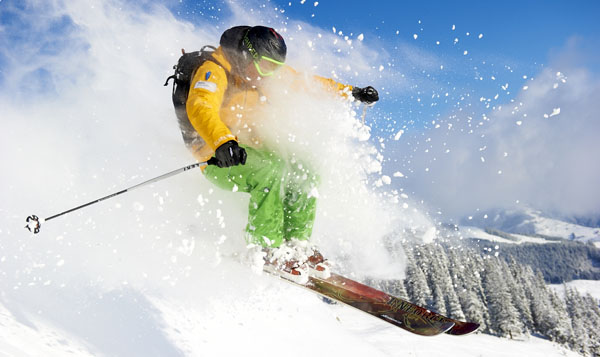
This is Markus Dagn, one of the founders of the guiding outfit Alpin Experts. He’s just shown me a vast off-piste playground which I barely knew existed.
How vast? Well, does 56,800 acres (23,000 hectares) of off-piste skiing terrain sound like a lot? It should. North America’s biggest ski area, Whistler, encompases 8,171 acres. In Europe, the Espace Killy is much bigger, but still claims only 24,700 acres (10,000 hectares). Admittedly, the Three Valleys is a staggering 98,800 acres (40,000 hectares). But then it is the world’s biggest properly-interconnected ski area, so its size shouldn’t come as a surprise.
Whereas this most definitely is a surprise. Because the ski area Dagn has just been showing me round is Kitzbuhel’s.
Yes, that’s right – Kitzbuhel. I can hear the nation’s powder-snow addicts spluttering into their coffee in disbelief. The Tirolean resort may be famous, thanks to its vertiginous and terrifying World Cup downhill course. But it doesn’t feature on many off-piste skiers’ hit lists.
Thing is, as you get to know the Kitzbuhel piste map, it starts to make sense. It may only encompass 170km of groomed and waymarked trails (compared with 300km in the Espace Killy and 600km in the Three Valleys). But all the same it covers an awful lot of ground – zig-zagging its way along a ridge that runs roughly 11 miles, north-to-south. In the middle of the area there’s a socking great valley, too, the Saukaser, where every descent is off-piste. There’s also a separate mountain to the east – the Kitzbuheler Horn – to add to the mix.
Admittedly, some of the runs are fairly short: more like the descents you’d find in Colorado or Utah than France. But there are plenty of longer itineraries too. The simple fact is, the closer you look, the more there is.
Ski the area with someone like Dagn and it opens up like a flower. Right off the top of the main lift from town he skids to a halt details some of the routes. The first is called Asten: you ski straight off the side of the piste, into a big, open powder field. That’s his warm-up run – “and the place I test new clients to see what they’re capable of,” he tells me.
Then, on the ridge opposite he points out the Blaufeld “which is where Bavarians ski when they think they’re locals”, which goes down to the village of Aurach – as well as two steeper variants called the Johanneshange and the Stickiberger. All of these runs drop through roughly 1,000 vertical metres.
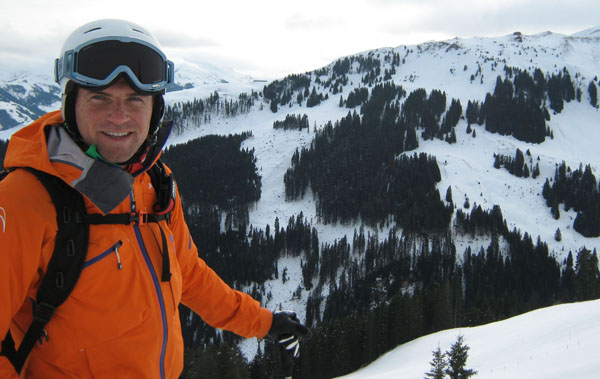
And this is before we start skiing. Everywhere we go, Dagn points out routes – and then takes me on one, round the back of minor peak called the Hochsaukaser and into the long, unpisted Saukaser valley. There’s no-one else there and we see only one other pair of tracks. En route, he we pass yet another valley with no pistes or lifts on it, packed with tempting descents.
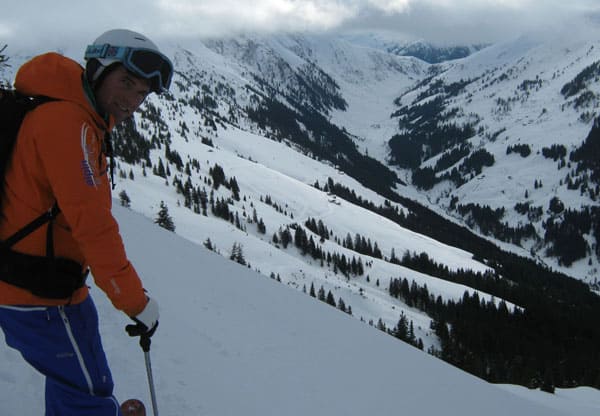
Although he was born in Kitzbuhel, Dagn spent four years guiding in the Arlberg resorts of Lech and Zurs, further west. “There are two main differences between here and the Arlberg,” he says. “The first is that in the Arlberg everything seems to be laid out in front of you. Here, the off-piste is often hidden by forest, or set behind the mountain. You need someone to show you where it is.” The second difference? “In Kitzbuhel you don’t have to be on the first lift to be able to ski untracked powder snow.”
Have I found paradise? Not quite. Because there is one important caveat about Kitzbuhel. It’s low for a modern ski resort. The town is at 800m, and the highest peaks are only just nudging 2000m. In St Anton, the lifts rise from 1300 to 2800m. In Tignes, it’s 1550 to 3450m. Kitzbuhel is not exactly thaw-proof.
But that doesn’t mean the snow can’t be amazing here. In my time, I’ve seen a metre of the lightest, fluffiest powder fall on Kitzbuhel in less than 48 hours. January 2012 also saw extraordinary snow conditions – which is when Dagn skied powder with Jan Hudec and Robbie Dixon of the Canadian ski team – immediately after the Kitzbuhel downhill race. They liked the experience so much they’ve already booked him for another session this year. Clearly, on its day, it’s world-class.
So this is what I suggest. If you’re an off-piste skiing addict, then earmark Kitzbuhel for the next big wintry blast in the Austrian Alps. Look out for north or north-westerly storms, which are likely to be followed by an extended period of low temperatures. When one of them comes, pick up the phone to Dagn, get on a flight and head out there, quickly. While everyone else is fighting to get fresh tracks in St Anton, Chamonix, Verbier, or Val d’Isere – you’ll be skiing laps of chutes, trees and open powder fields, with almost no-one else for company.
Tour operators featuring Kitzbuhel include Crystal and Inghams. For independent travel, fly to Innsbruck, which is served by easyJet from London Gatwick, Liverpool and Bristol. You can find more information about travel to Kitbuhel at www.kitzbuehel.com and about the Tirol at www.visittirol.co.uk.
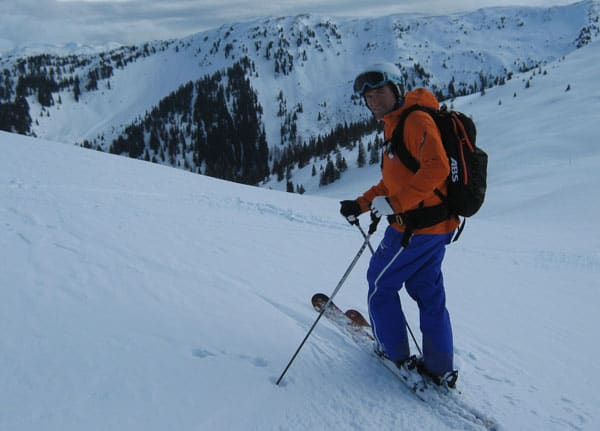










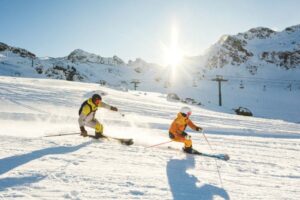
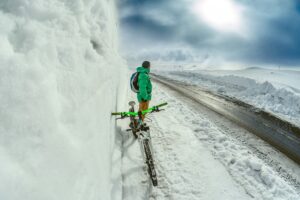
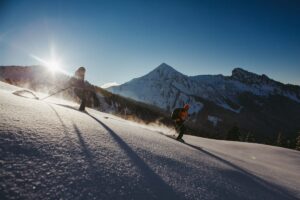
Bet you didn’t know there were 56,800 acres of off-piste skiing in this resort… https://t.co/NYzUnkqb
RT @welove2ski: Bet you didn’t know there were 56,800 acres of off-piste skiing in this resort… https://t.co/NYzUnkqb
56,800 Acres of Off-Piste Skiing | Welove2ski https://t.co/sAOQtgJ4
@welove2ski Bet you didn’t know there were 56,800 acres of off-piste skiing in this resort… https://t.co/srAJjGAr #tirol
Nice article about #Kitzbuhel @skilodgey: 56,800 Acres of Underrated Off-Piste Skiing https://t.co/i2pJRV02 via @welove2ski
56,800 Acres of Underrated Off-Piste Skiing https://t.co/OKXHYIQO via @welove2ski